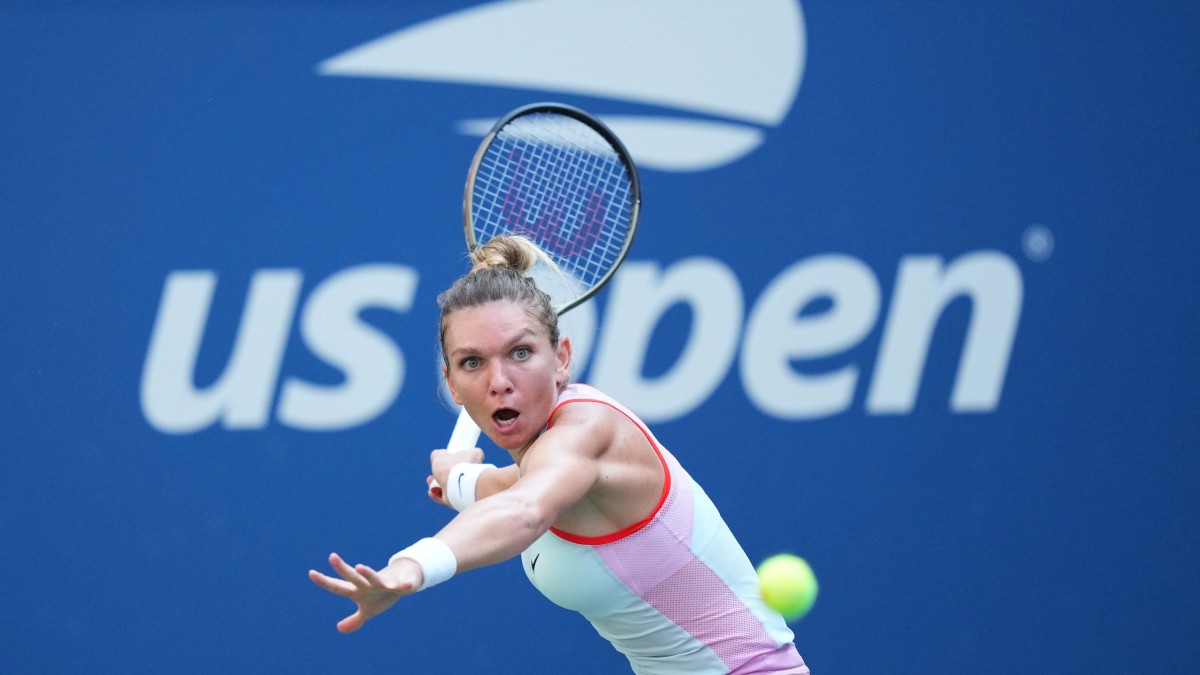Simona Halep’s Ban Reduced: What It Means for Tennis’s Anti-Doping Policy

Qualifying was barely underway at Indian Wells when a bombshell story dropped Tuesday, the Court of Arbitration for Sport ruled on Simona Halep’s doping appeal and knocked down what had been a four-year punishment to a nine-month sentence. Given that she has not played since her positive test in the late summer of 2022 she has more than served her time and is now eligible.

What happened?
Halep not only tested positive for a banned substance (roxadustat) but also had irregularities in her Athlete Biological Passport. The tennis anti-doping authorities initially wanted to suspend her for six years, which would have brought an end to her career. She is north of 30, and after six years it would've been unlikely that she ever returned to the sport. Instead, hearing the evidence at the appeal procedure, the Court of Arbitration for Sport did not completely exonerate Halep but the four-year decision was cut down by more than 80%.
“Although the CAS Panel found that Ms. Halep did bear some level of fault or negligence for her violations, as she did not exercise sufficient care when using the Keto MCT supplement, it concluded that she bore no significant fault or negligence,” the Court of Arbitration for Sport said in a statement.
What’s the fallout?
Most immediately, a former No. 1 player and Wimbledon champion is now eligible to resume competing, so it was a good day for Halep and her attorneys. The more serious fallout is what we do with tennis’s anti-doping protocols. This continues a litany of cases where the initial suspension has been cut down dramatically on appeal. This has hardened into a real pattern and it's a disturbing one. It implies that tennis’s authorities are way too strict — at least through the eyes of the Court of Arbitration for Sport. One might think this would lead tennis to really reexamine its anti-doping policies because something is clearly broken in the system.
We have a lot of players complaining. Keep in mind a positive test should mean an opponent is gaining an unfair advantage and what you have is a lot of players taking great offense to the system, coming out with their own stories. I’ve heard from a number of players today since the decision, and the tenor of those conversations was frustration and dissatisfaction. Most importantly, these consistent losing appeals are a really bad look for the sport.
The upshot?
If Halep doesn’t have her reputation fully back, she clawed back some of the reputational damage today. I’ve been told the 32-year-old has stayed in shape, so don’t be surprised if you see her again soon. But I think this is a wake-up call that tennis needs to examine both the personnel and procedures in its anti-doping apparatus because this continues a long and disturbing trend of very harsh punishments being knocked way down when the evidence is presented to the Court of Arbitration for Sport.
